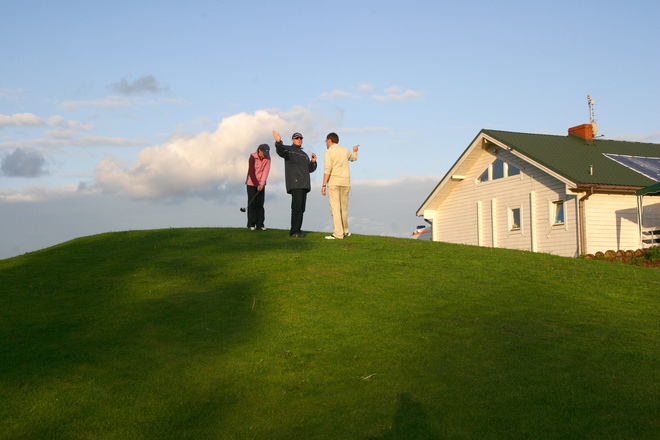
Many amateur golfers head to the golf course with the idea of hitting the perfect shot every time. By perfect, this means getting the ball in the most precise position possible in relation to the target.
This could be hitting a drive a far as possible down the fairway of a par-4, leaving the shortest possible approach to the green. It could also mean aiming a chip shot so the ball lands as close as possible to the hole.
In theory this sounds great but do you always need to play shots in this way? Are there other ways to approach shots during a round of golf, which will yield just as good reward? Furthermore, are there times when you should not be aiming to hit the perfect shot, to prevent dropped shots?
These questions are all part of golf course management and strategy and we have some great tips to help you with this aspect of your game.
Many of the tips centre around the positional element of golf and where the best place is for you to leave the ball. Therefore, you should aim to choose the right club when on the tee and this will not always be the driver.
Always using the driver on a par-4 and par-5 hole is a mistake as it will not necessarily leave you in prime position for your second shot. A full-length drive could you leave you with a blind second shot to the green or if the fairway is narrow and you struggle to control the driver, the best option is to use a wood or iron. Assess the hole from the tee before automatically pulling the driver out of your bag.
Analyse where the green is in relation to where you expect your tee shot to land. Hitting the ball as far as you can down the fairway is one thing but if you play your best approach shots with an 8 iron, why leave yourself needing to use a pitching wedge? Play the shot to land at a distance which gives you the best chance of finding the green with accuracy. This is not always going to be as far as possible.
When on the green, uphill putts are much easier to judge then downhill putts. Have a look at the contours of the green in relation to the hole. Does it make sense to attack the hole, if the chances are high you will leave yourself a tricky downhill putt? Instead, try and leave your ball on the lower side of the hole and enjoy playing an attacking, uphill putt.
Try and stay a safe distance away from a hazard. If there is a hazard such as water just ahead of the green and to make the green you know you must hit your shot perfectly, you must decide if it is worth taking on.
If you are playing very well and connecting nicely with your shots, then it may be worth the risk. If you are not playing to your best, perhaps you should lay-up at a distance which will give you a good chance of getting the ball in a nice position on the green.
Finally, take the opportunity to prepare for your round the night before. Have a look at the course map and familiarise yourself with the different aspects of the course. Define your game strategy, what shots you would like to play and which clubs you are going to use. This will not only allow you to implement the tips above successfully, it will add to your confidence when stepping onto the first tee.

Recent Comments